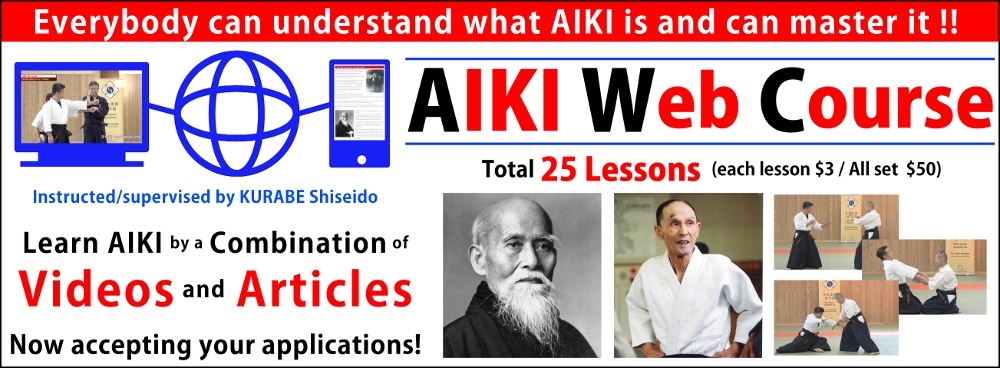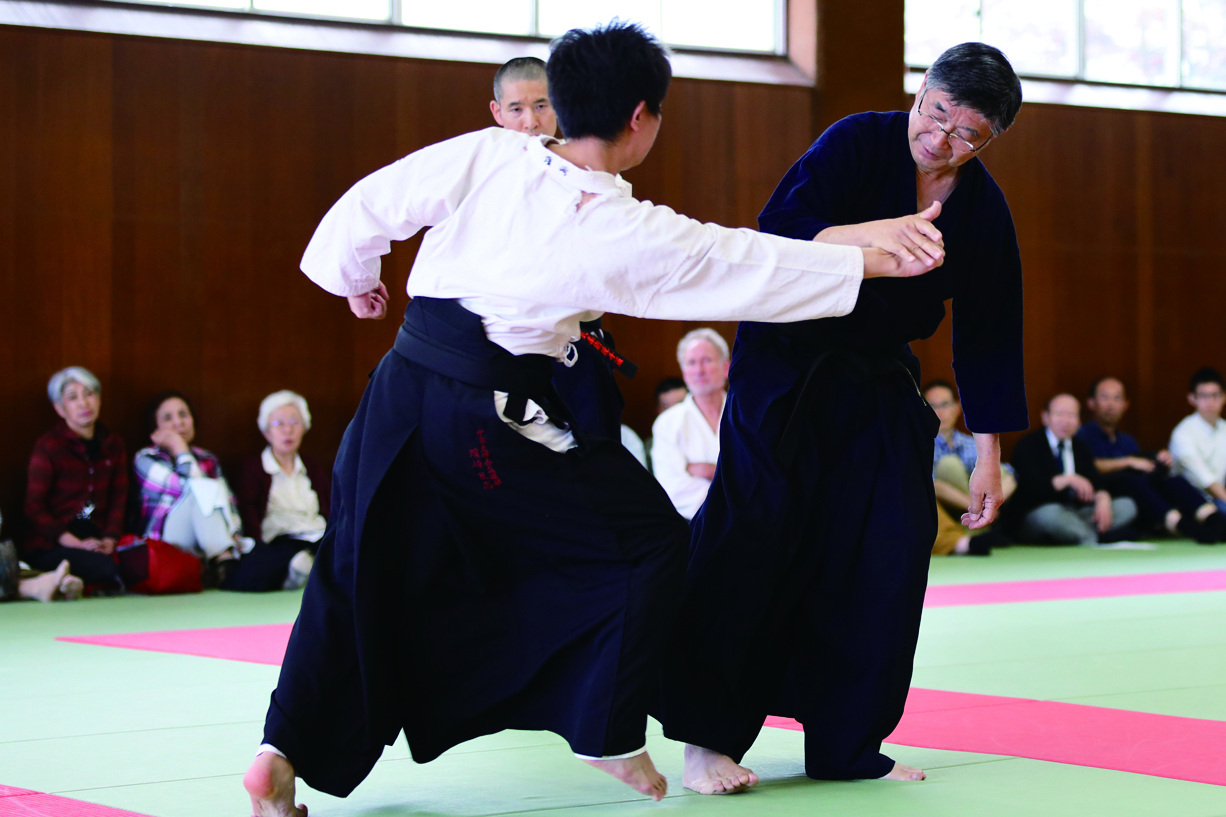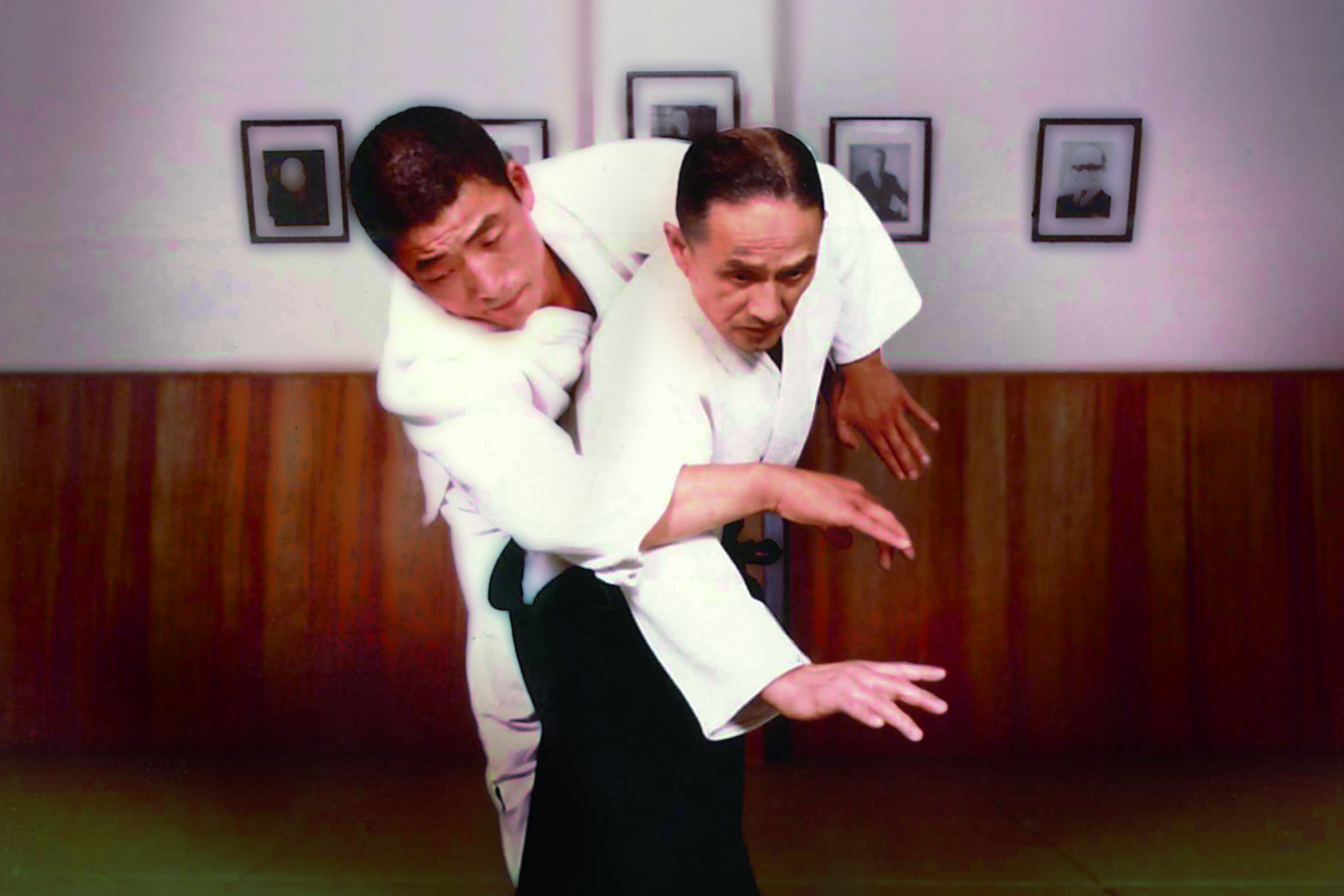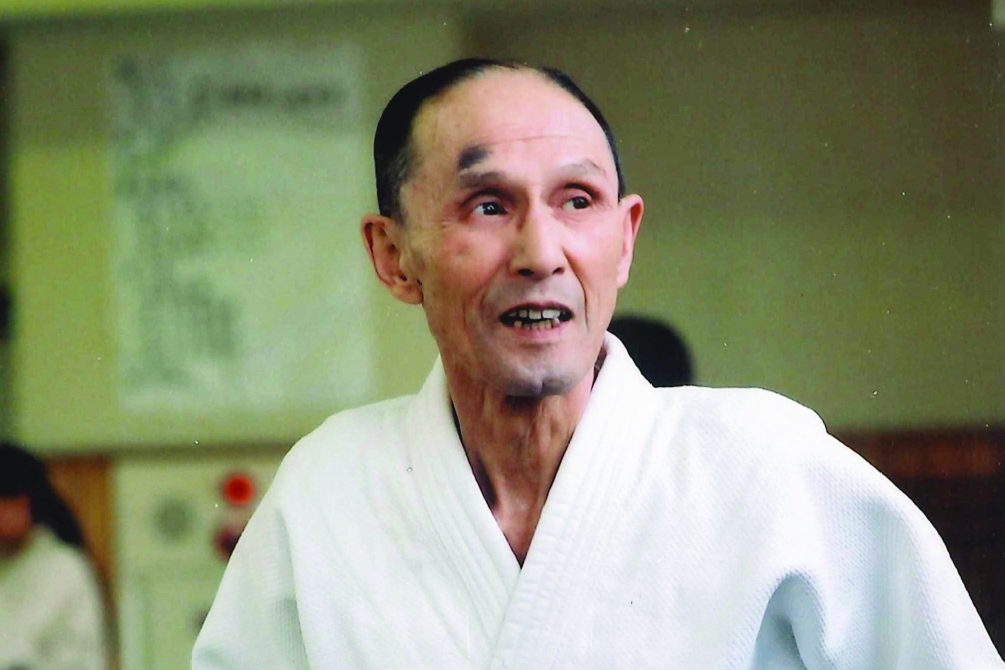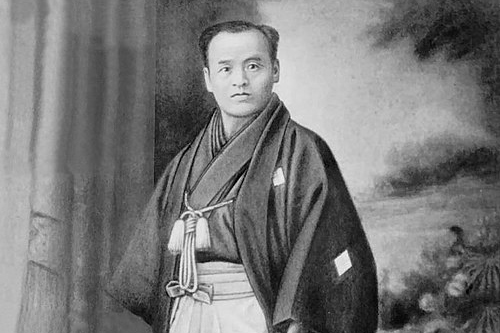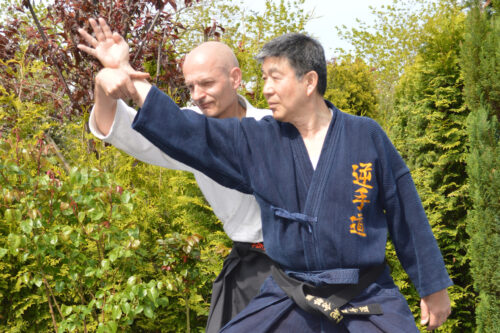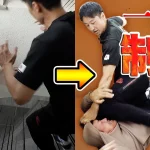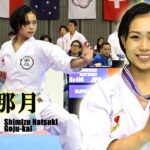» At the starting of AIKI Web Course
【AIKI Web Course Part 2】
Lesson 14 - Advanced tech. by the Waving method #2
In this lesson, following the previous lesson (Lesson 13), I will explain advanced technique using the Waving method.
Chudan Gyaku Tsuki AIKI Taoshi
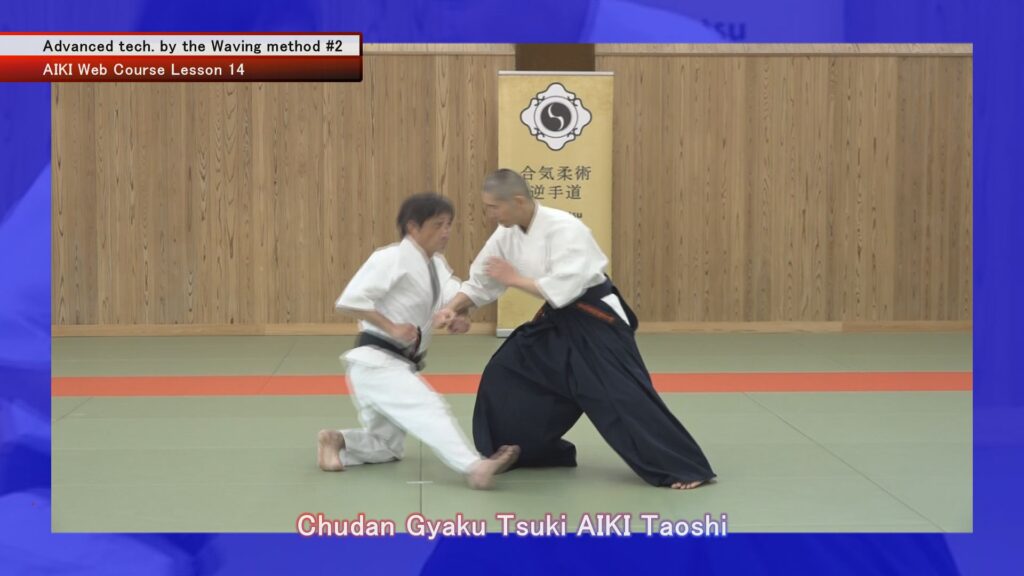
A and B stands by face to face.
A…Defender
B…Attacker
a・B takes right Zen Kutsu Dachi stance and attacks A by middle height poking with left fist.
b・A steppes in with right foot and blocks B’s left forearm with his right forearm.
c・Then A bounces B’s left forearm by spring motion.
Important point…Reproduce spring motion with arm.
The important point of this technique is also to reproduce instantaneous spring motion.
1 Timing is not so important for this technique.
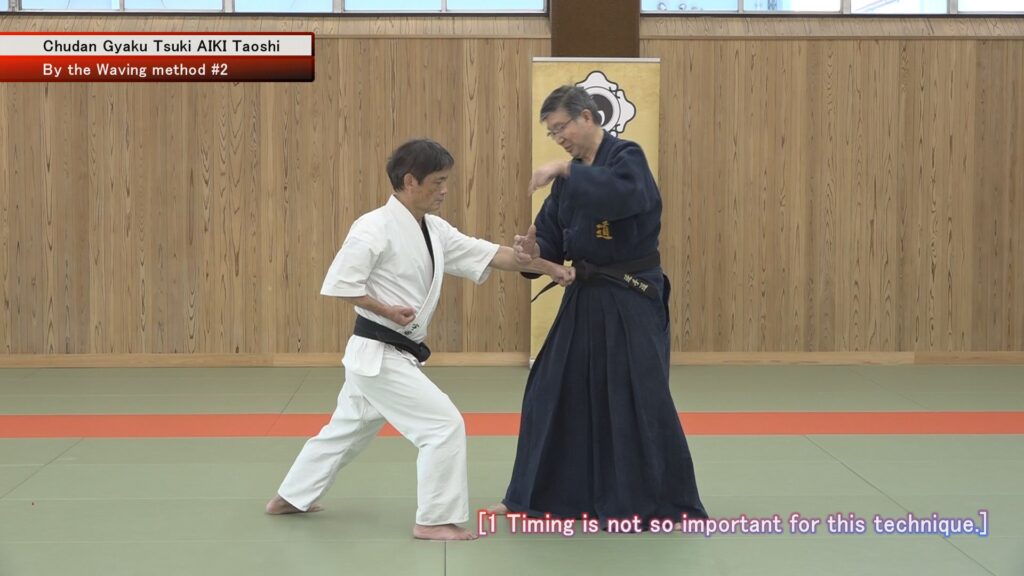
Block timing doesn’t really matter for this technique. So it’s easier to practice in stationary state than in slow motion.
Have your opponent stick out his left arm and place your right arm on it. And apply your force in a wave shape so that the force goes to the opponent’s abdomen from the contact point. You don’t need a lot of force to do this.
If it works, the opponent collapses from his waist.
2 Gradually decrease the amplitude of the wave
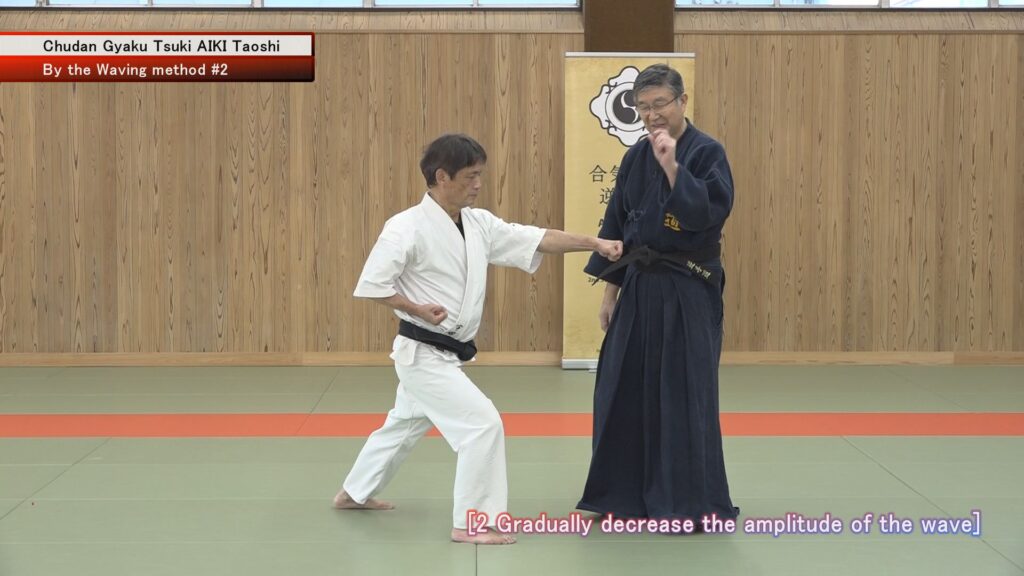
Next, halve the amplitude of the wave, and even less if possible.
Ultimately, looking from the outside, it would be ideal for the opponent to collapse from the waist even if you just push it without moving your arm.
3 Check by actual movement
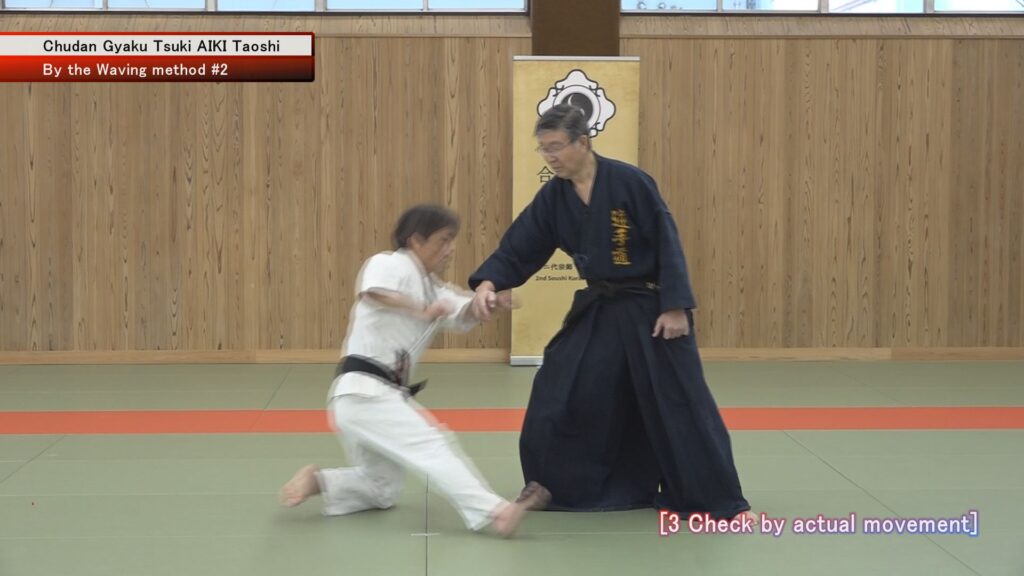
When you could clear all those points, let the opponent attack you in a actual speed.
At the moment of blocking, if you can generate the same wave-shaped force as before, the opponent who tries to poke you will collapse from the waist as if he was bounced.
Summary of Lesson 14
There is a clear difference between the Jodan Shuto Ate explained in Lesson 1 and the Chudan Gyaku Tsuki in this lesson, even though they are based on the same waving method.
Both use a spring motion with the elbow as the center of rotation, but for the Jodan Shuto Ate, a “soft” spring catches the opponent’s arm so that it can absorb the opponent’s force.
On the other hand, for the poking this time, you will receive it with a “hard” spring so that the repulsion of the opponent’s force will increase.
Learn AIKI by a Combination of
Videos and Articles!!
» At the starting of AIKI Web Course
with Videos and Free Articles
AIKI Web Course Part 2 24 Lessons
-
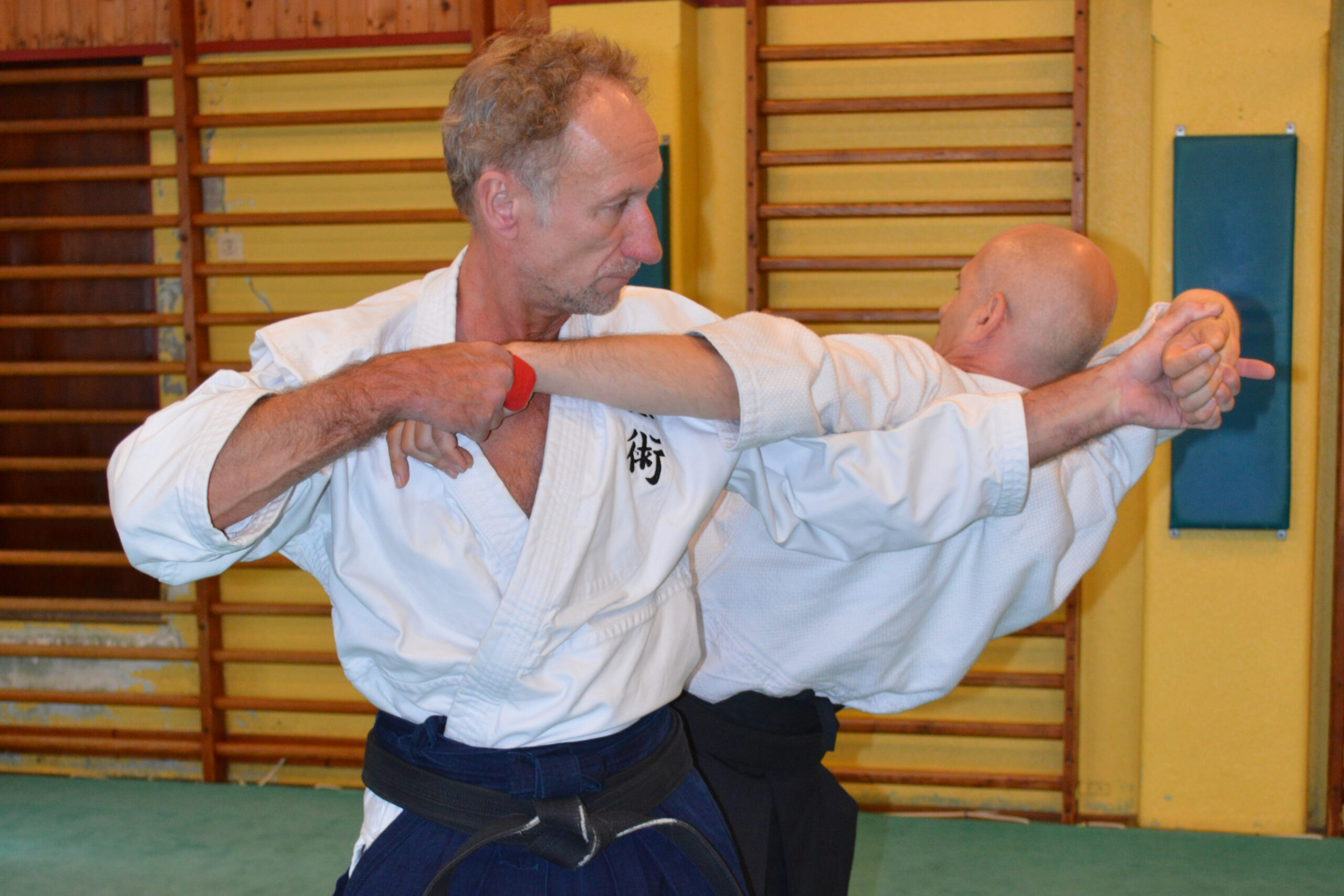
【AIKI JUJUTSU GYAKUTE-DO Series No.5】How you can learn Jujutsu properly
-
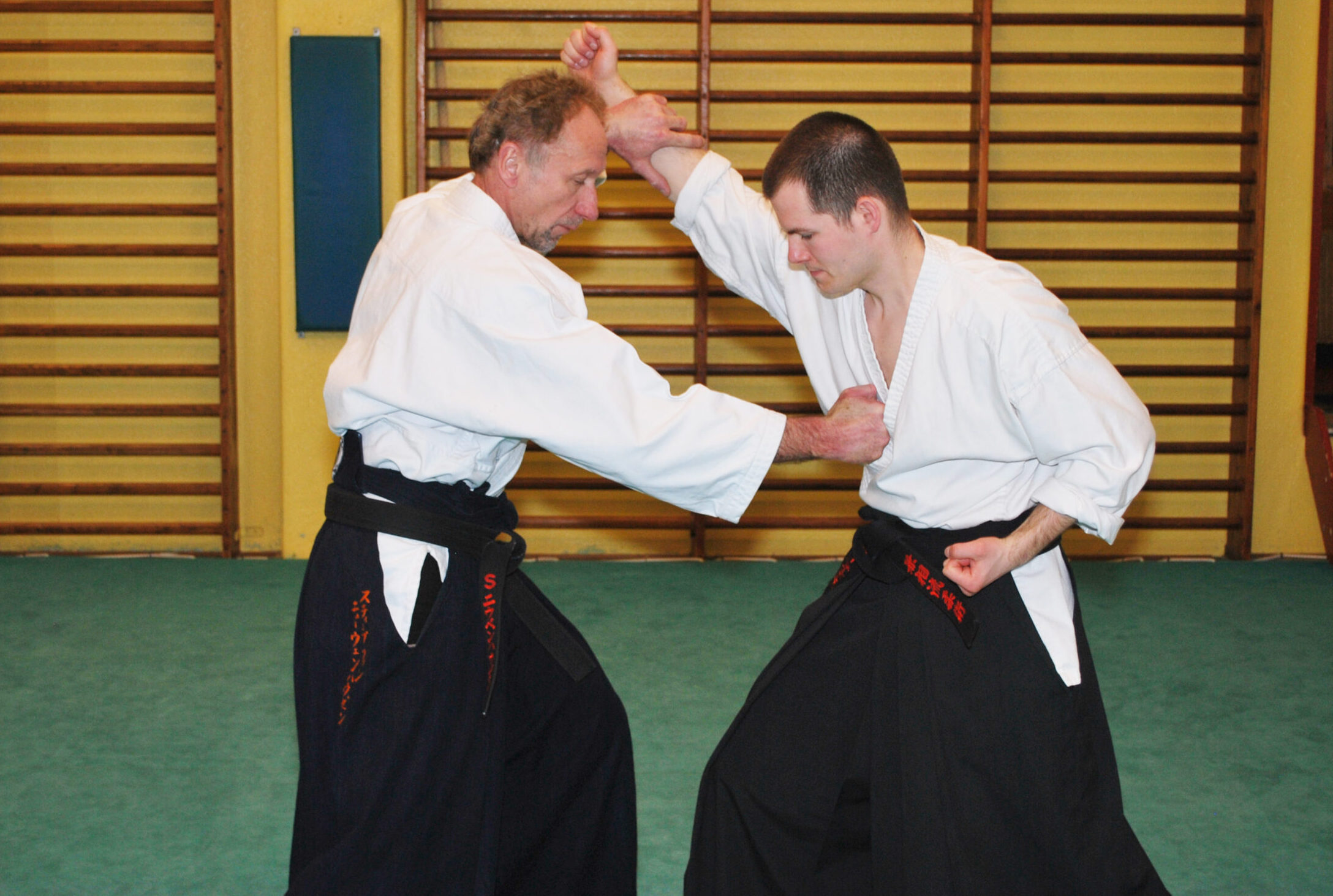
【AIKI JUJUTSU GYAKUTE-DO Series No.4】DAKEN-HO Hit and Kick KATA and AIKI
-
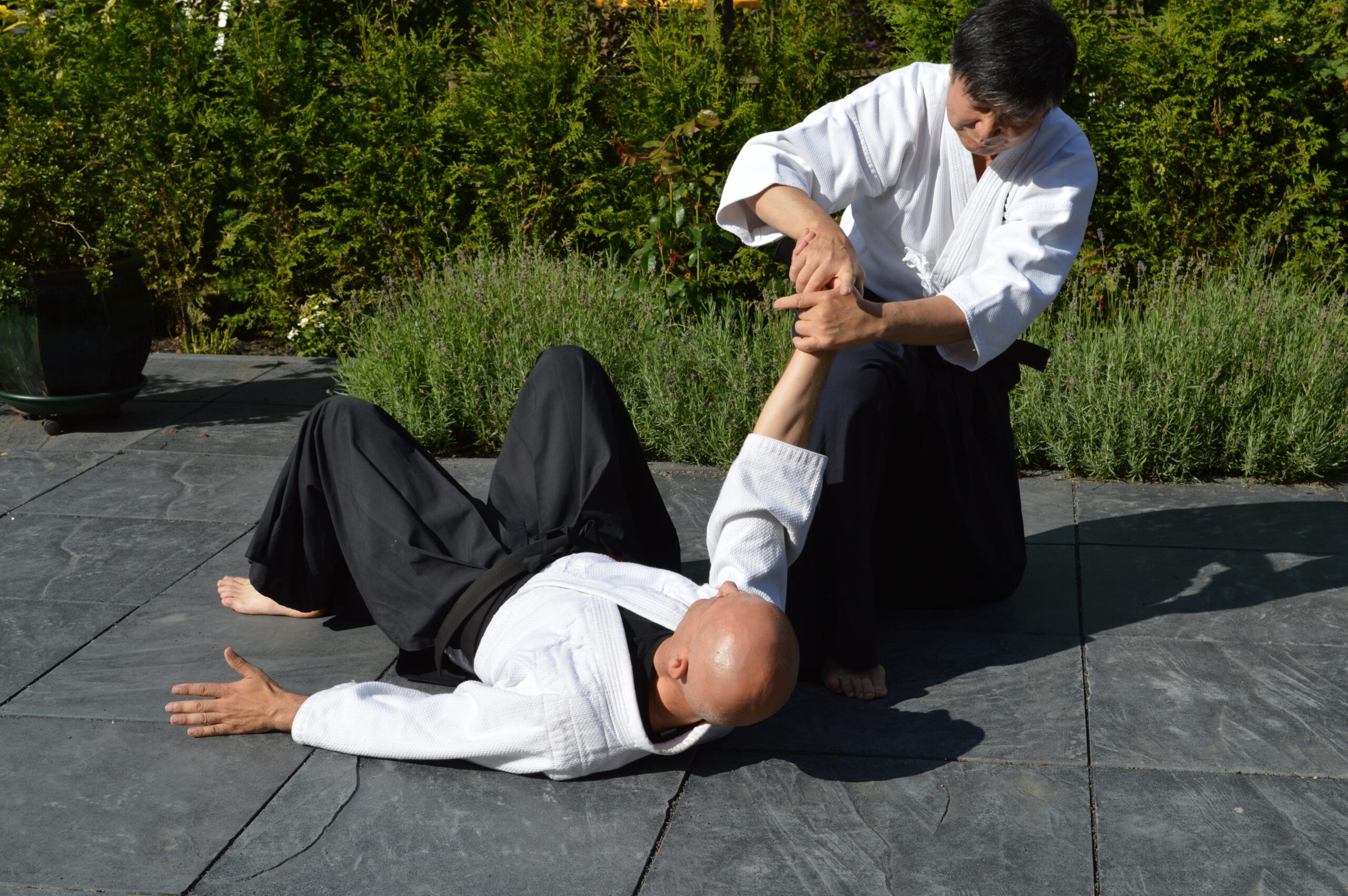
【AIKI JUJUTSU GYAKUTE-DO Series No.3】JUJUTSU WAZA, digest of FUDO
-
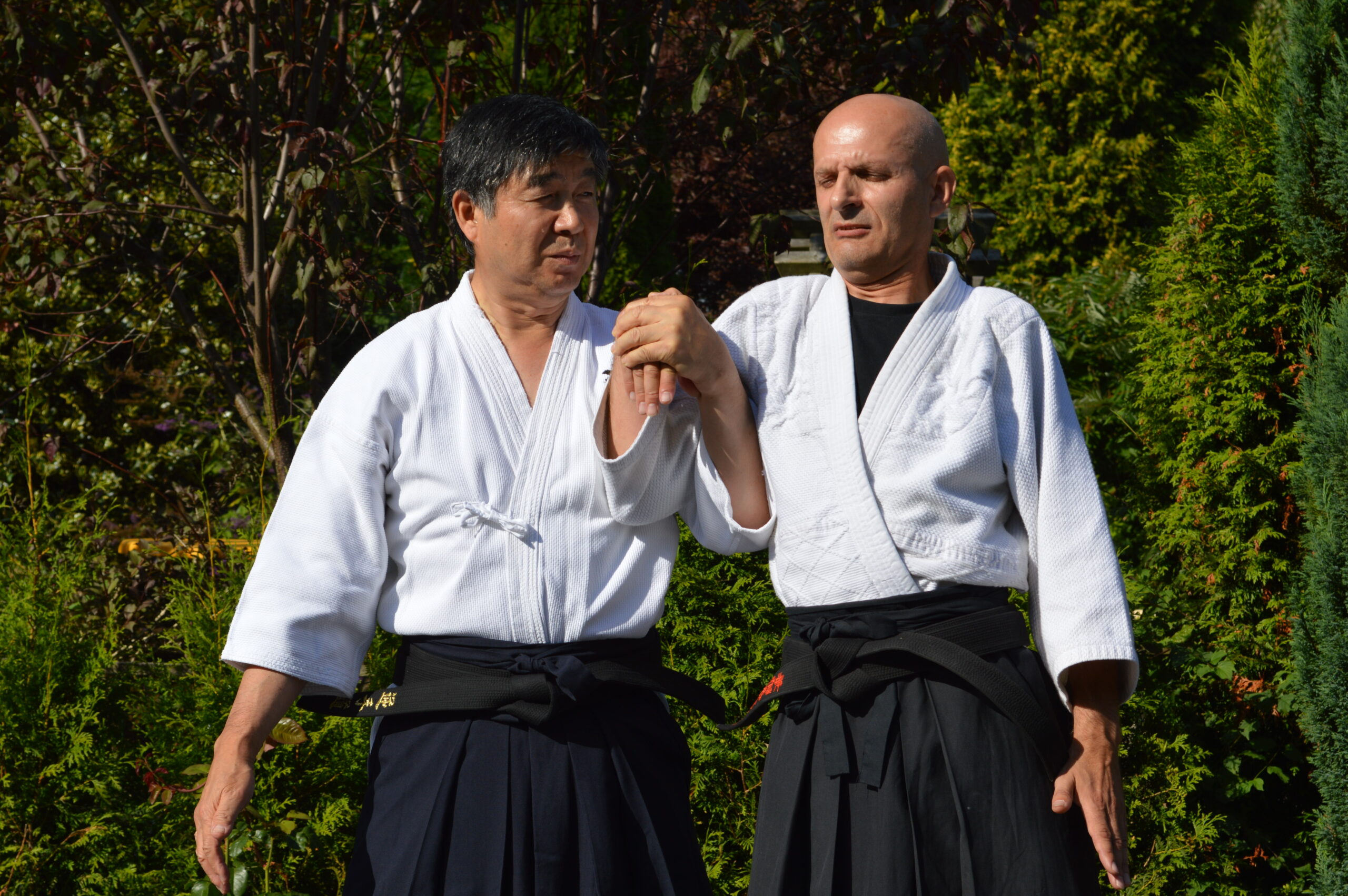
【AIKI JUJUTSU GYAKUTE-DO Series No.2】JUJUTSU WAZA, digest of NUKI, RENKO and NAGE
-
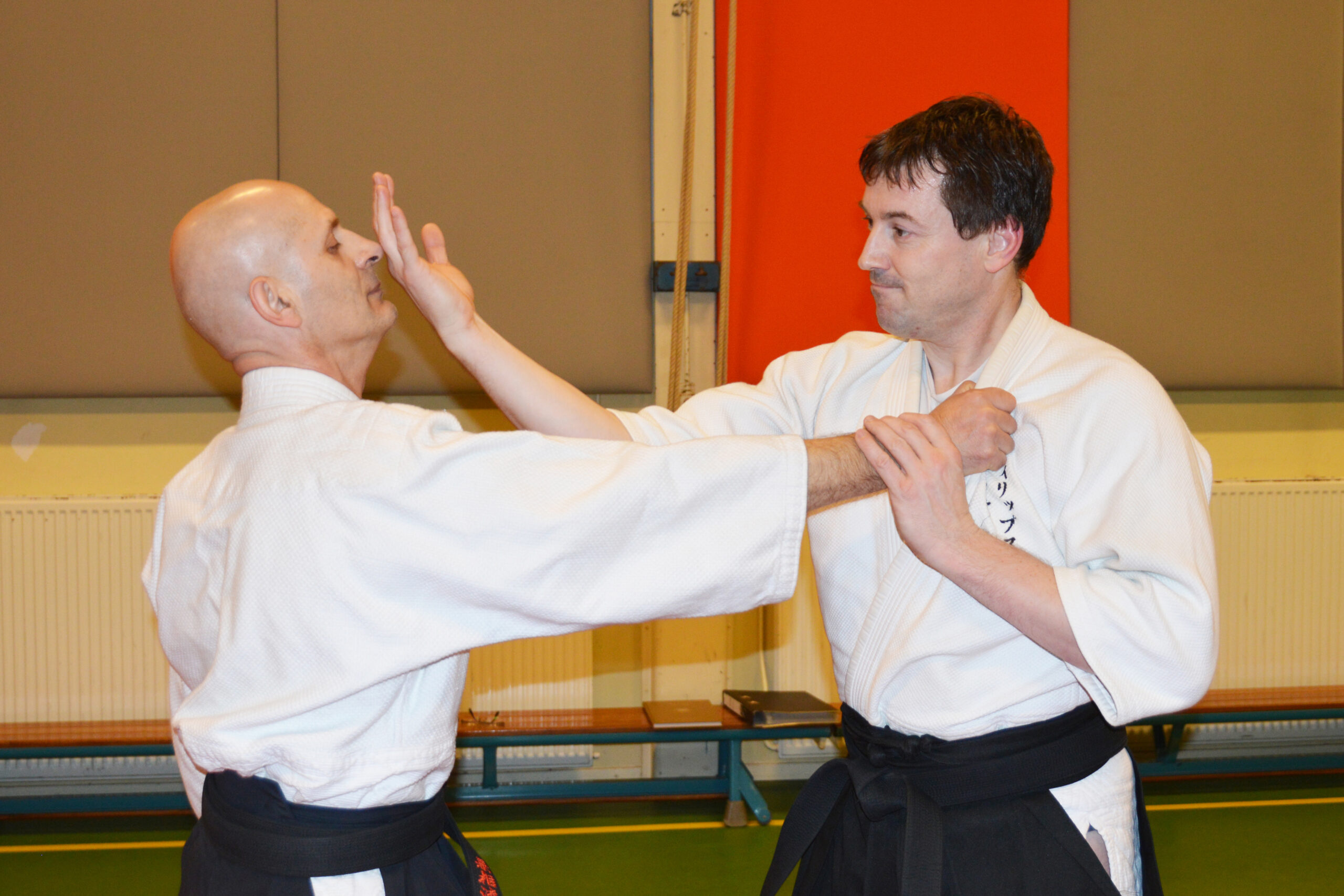
【AIKI JUJUTSU GYAKUTE-DO Series No.1】About GYAKUTE-DO and the digest of its basic techniques
-
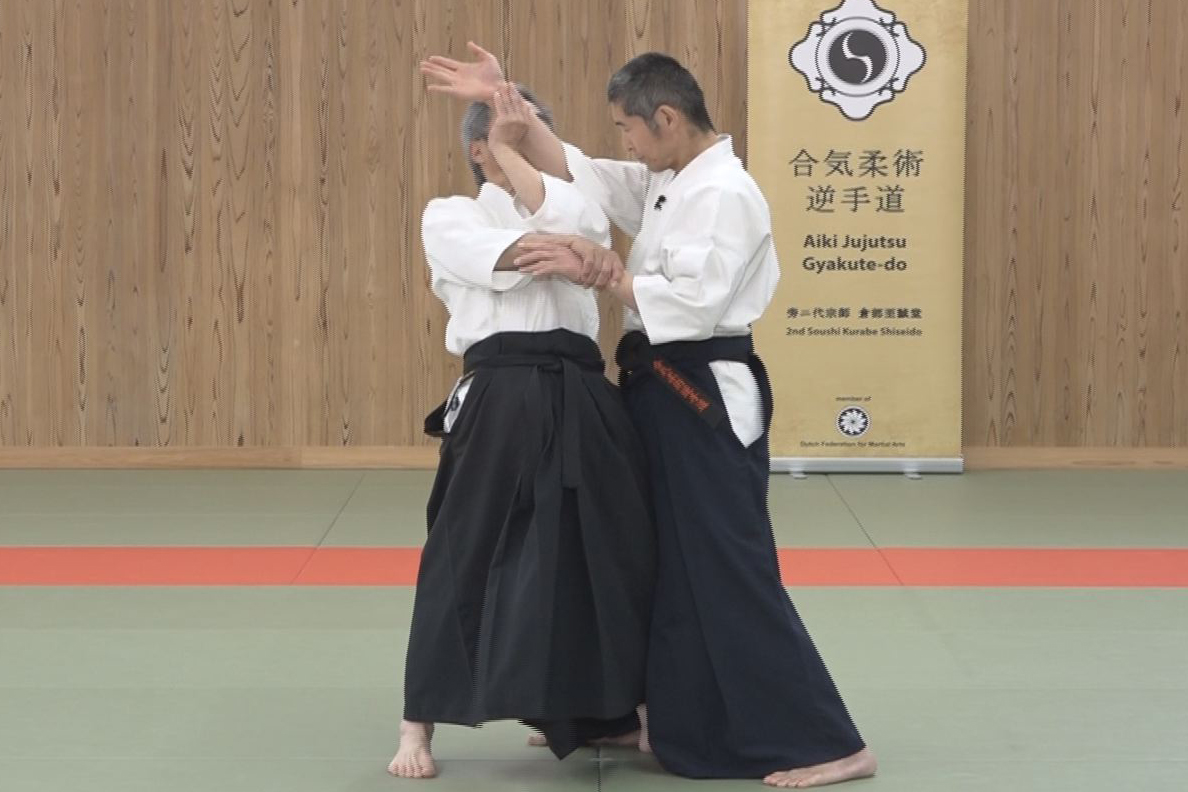
Lesson 24 With Comb. of Different Methods #2
-
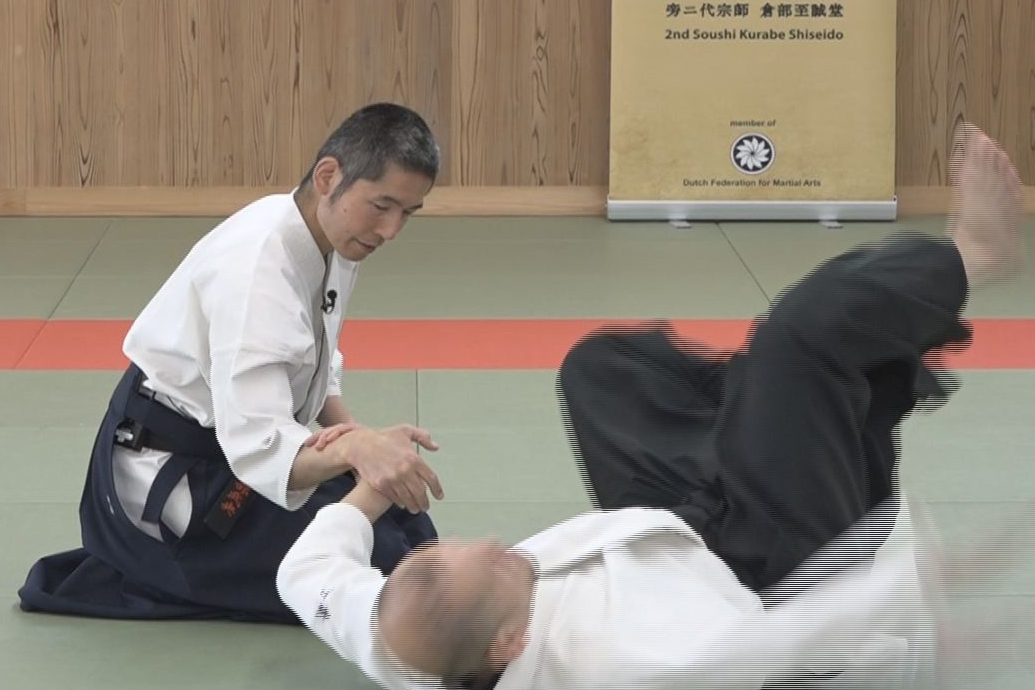
Lesson 23 With Comb. of Different Methods #1
-

Lesson 22 Advanced Tech. using F. E. method #2
-

Lesson 21 Advanced Tech. using F. E. method #1
-
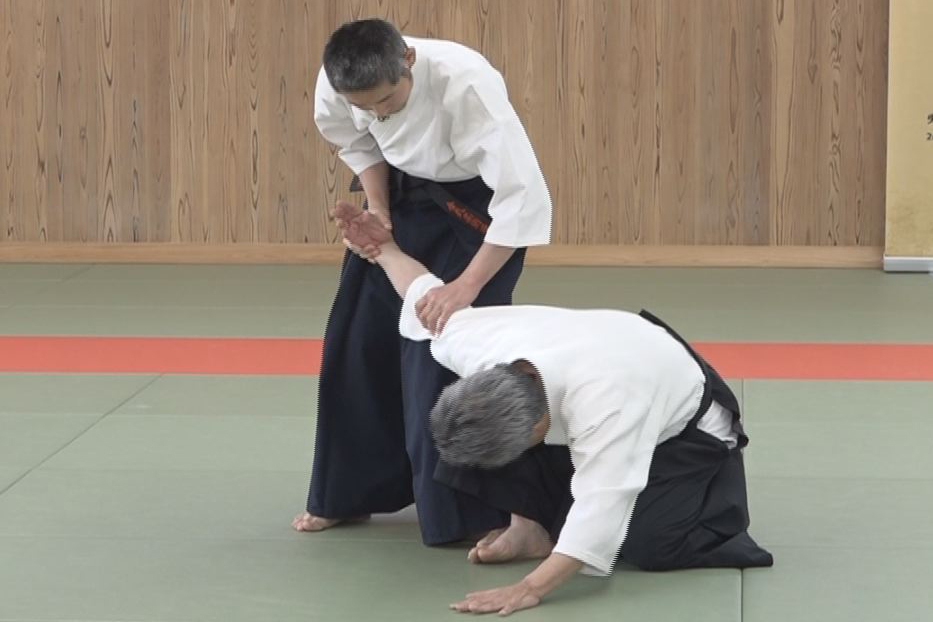
Lesson 20 Advanced tech. using T. F. T. #2
-
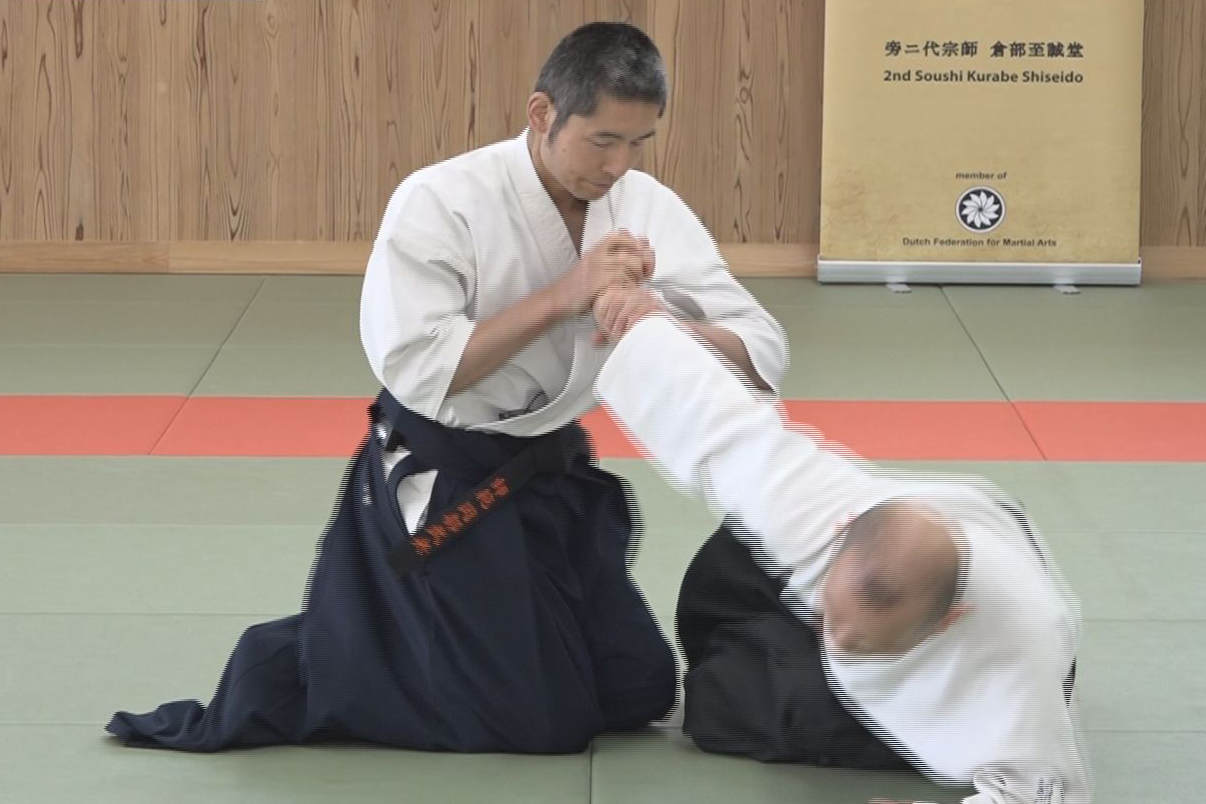
Lesson 19 Advanced tech. using T. F. T. #1
-
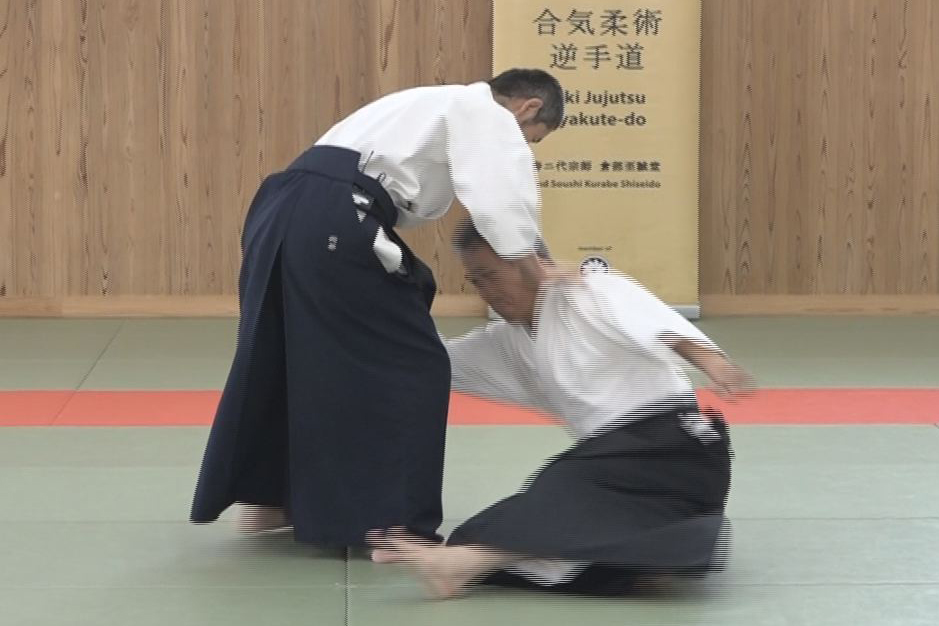
Lesson 18 Advanced tech. using AIKI Contact #2
-
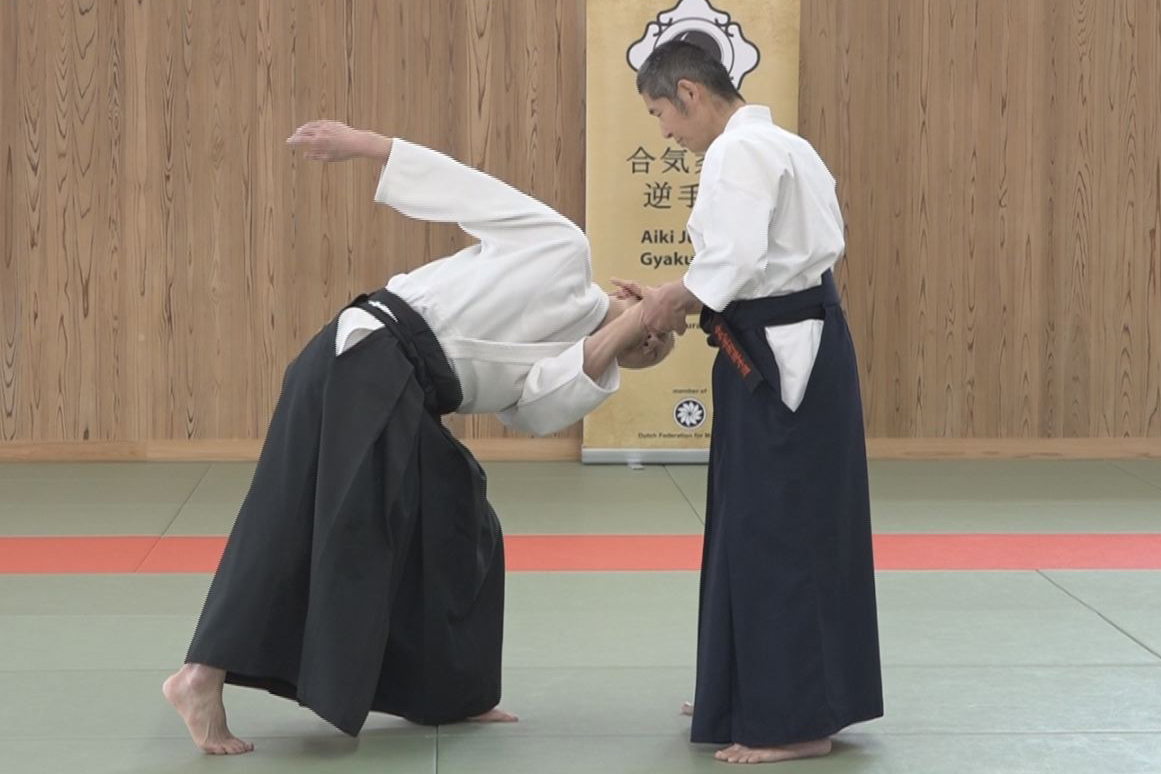
Lesson 17 Advanced tech. using AIKI Contact #1
-
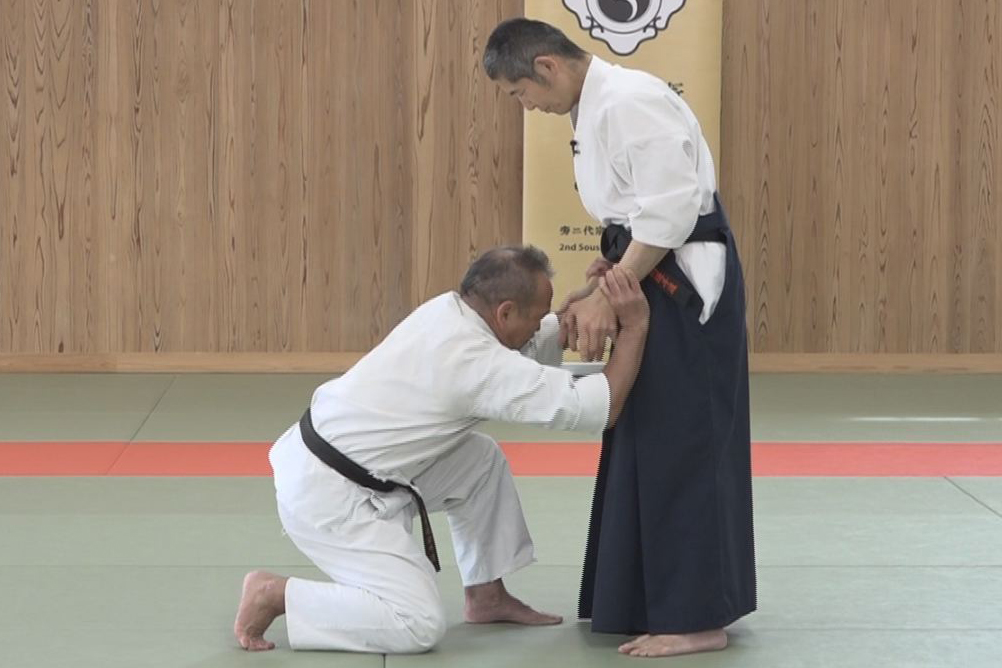
Lesson 16 Advanced tech. by Undetectable F.T. #2
-
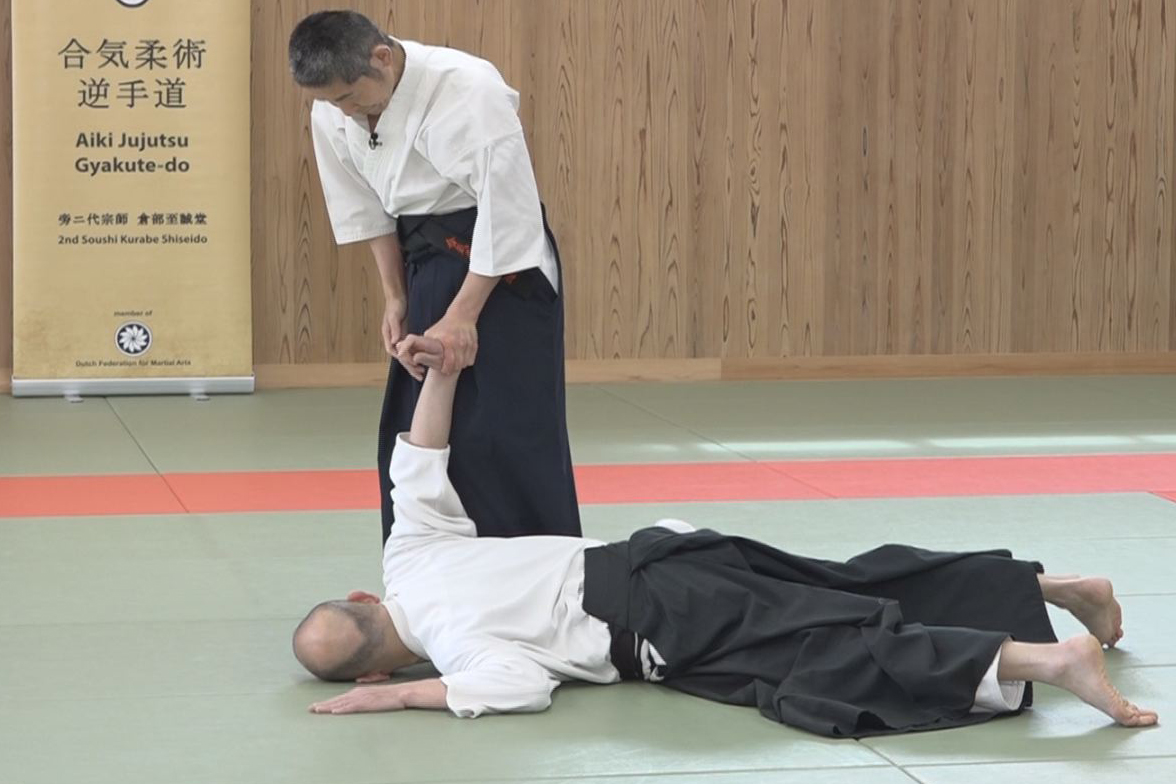
Lesson 15 - Advanced tech. by Undetectable F. T. #1
-
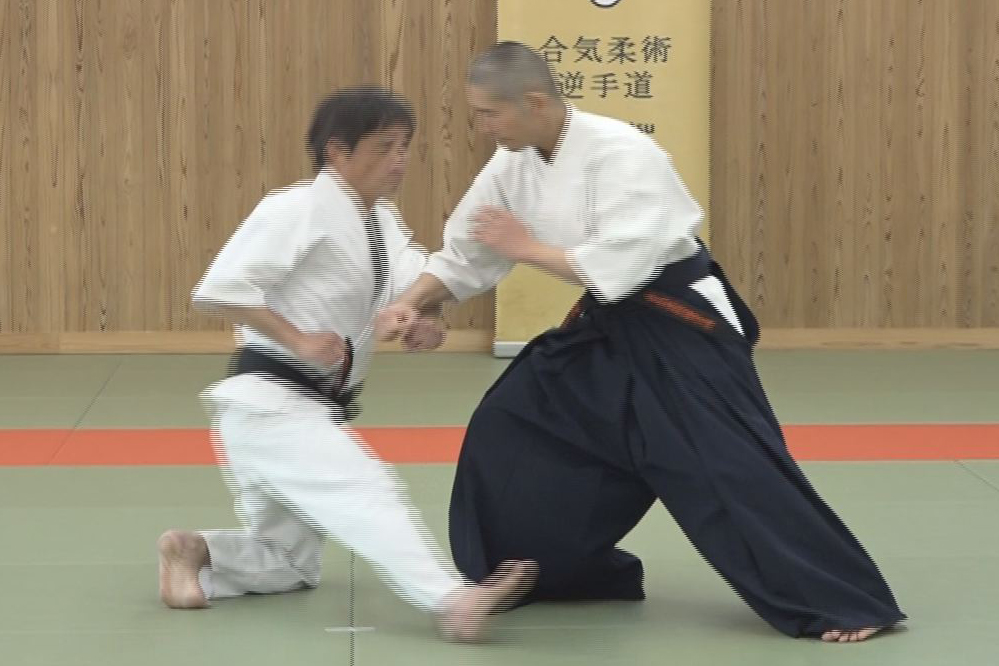
Lesson 14 - Advanced tech. by the Waving method #2
-
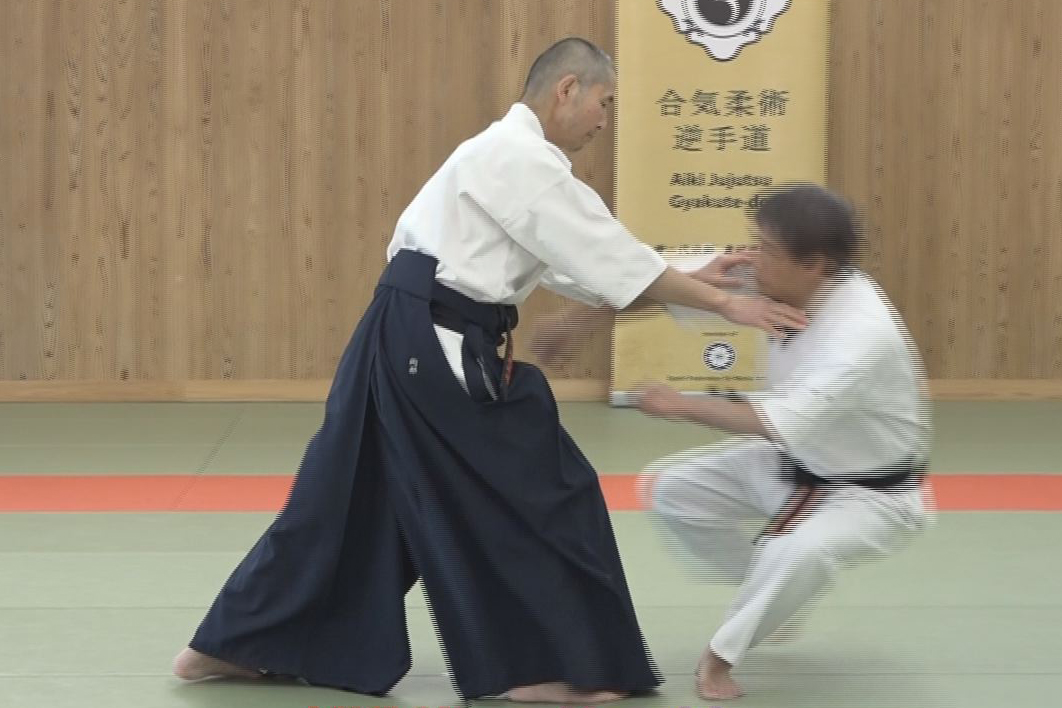
Lesson 13 - Advanced tech. by the Waving method #1
-
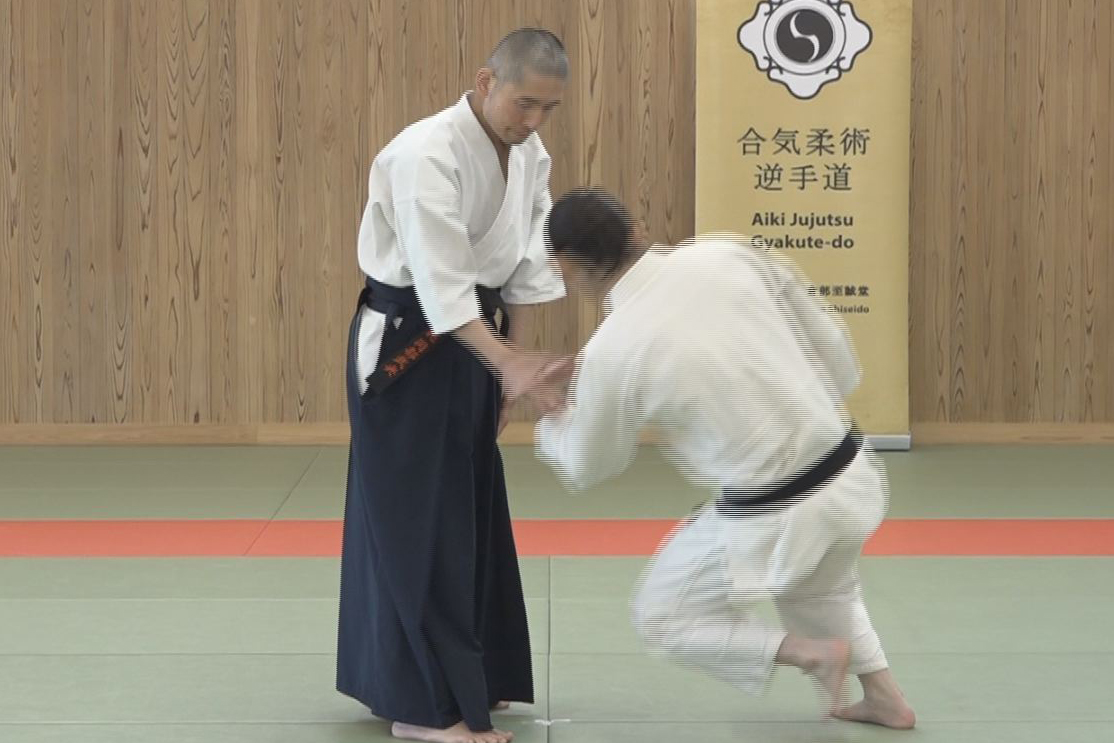
Lesson 12 - Gyaku-te by not Using Force nor AIKI
-
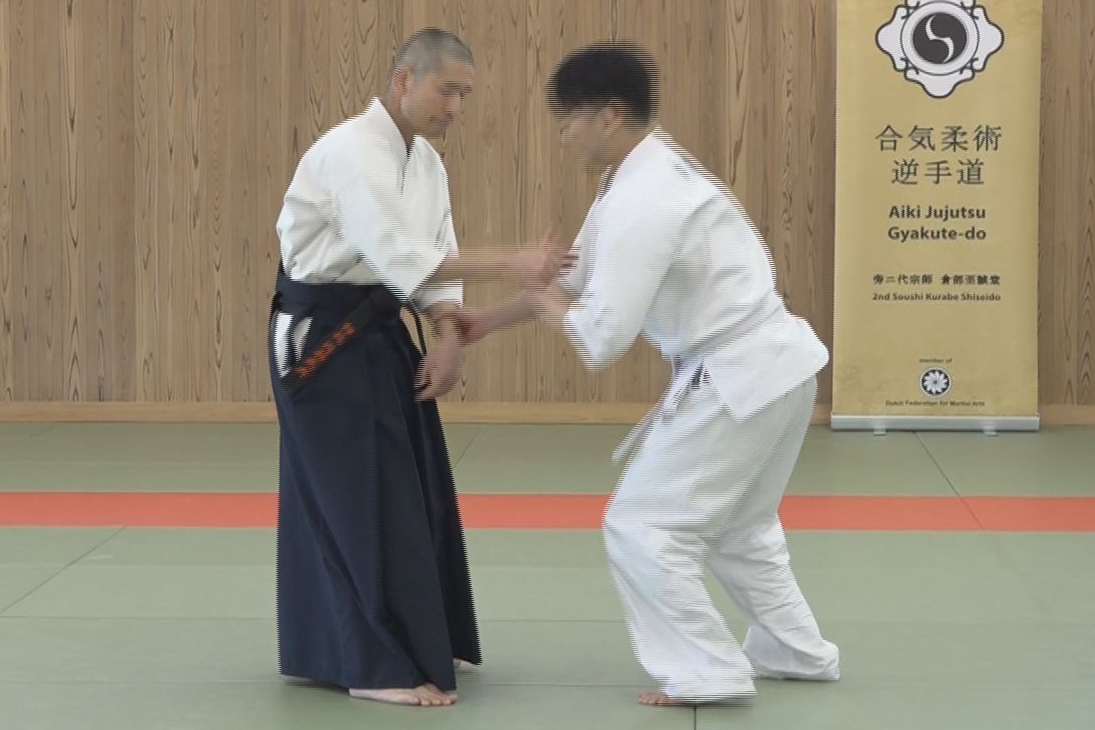
Lesson 11 - Gyaku-te Realized by the AIKI Method
-
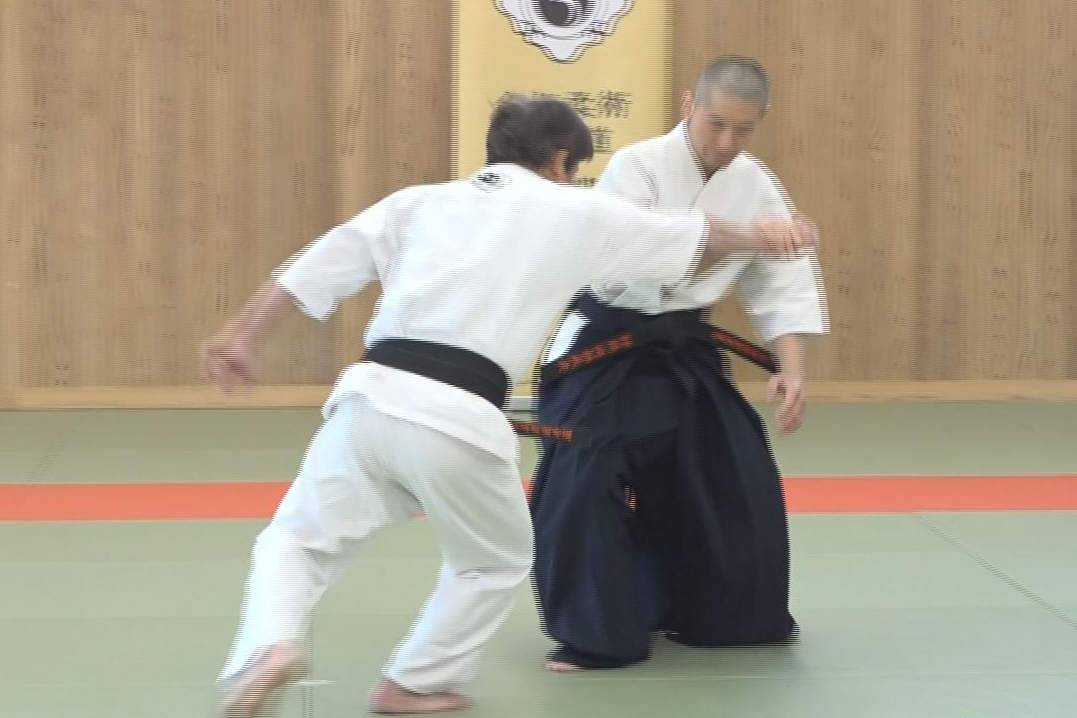
Lesson 10 - Application of Force Equilibrium method
-
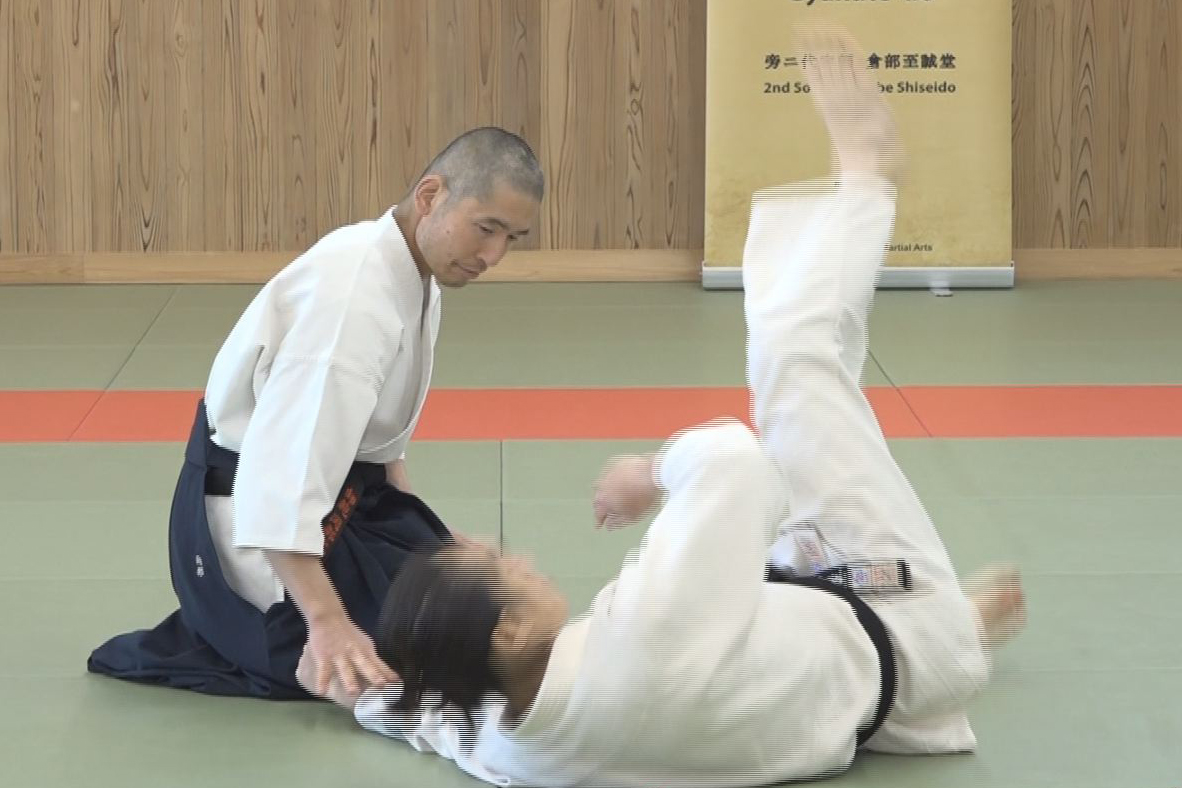
Lesson 9 - Force Equilibrium
-
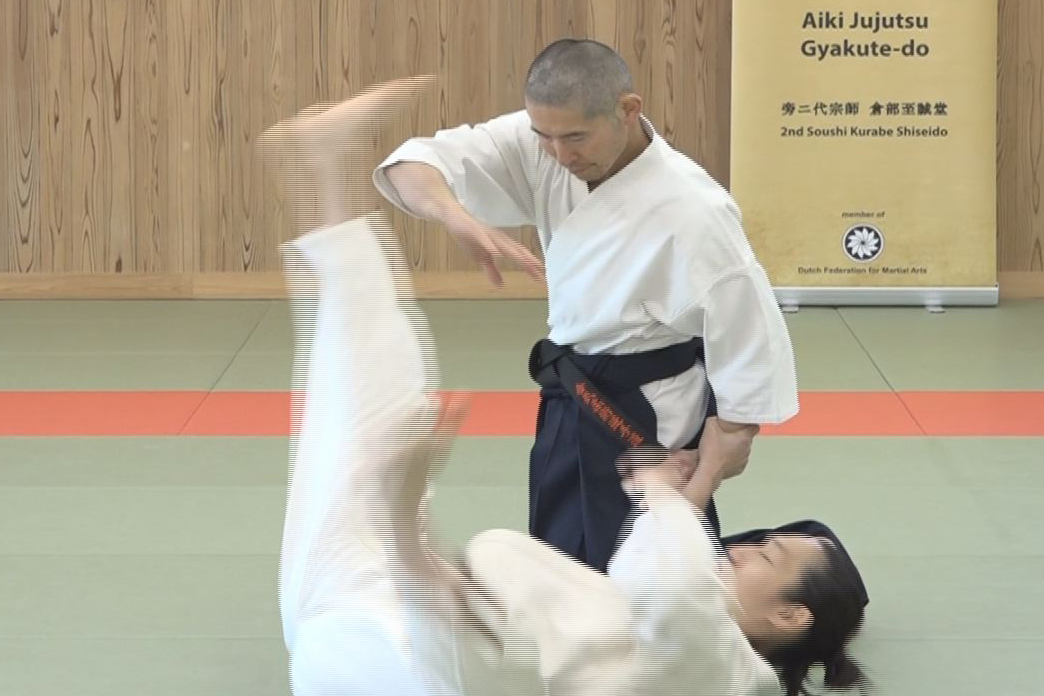
Lesson 8 - Application of Targeted Force Transfer
-
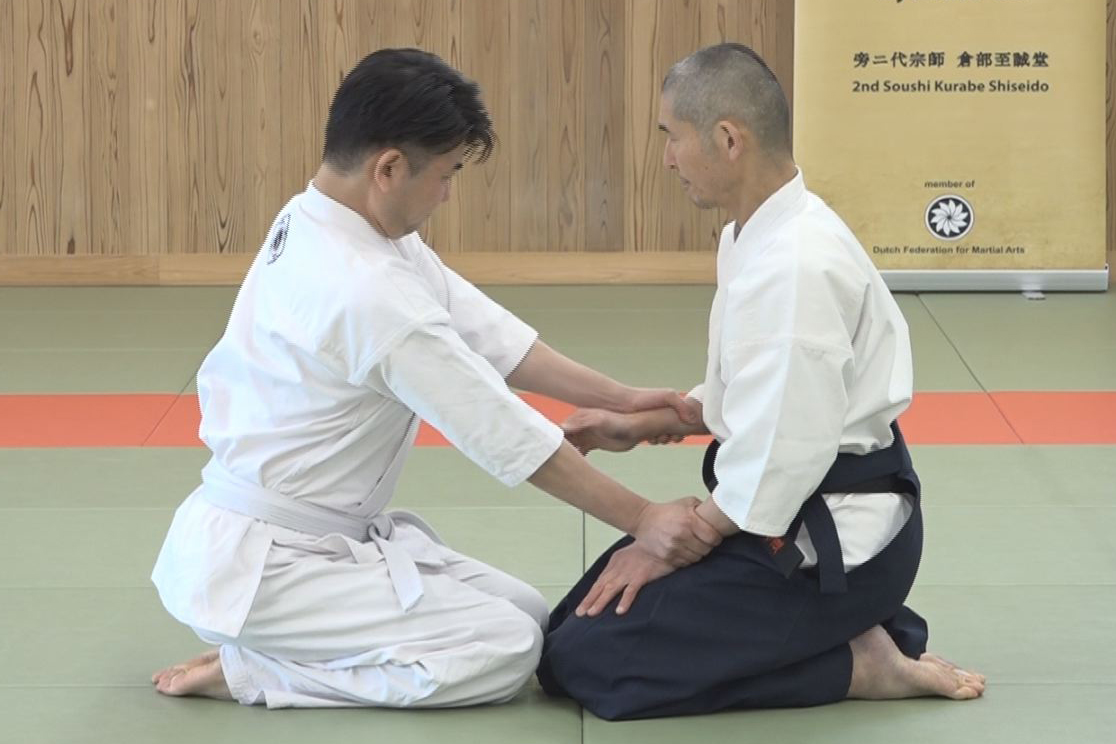
Lesson 7 - Targeted Force Transfer
-
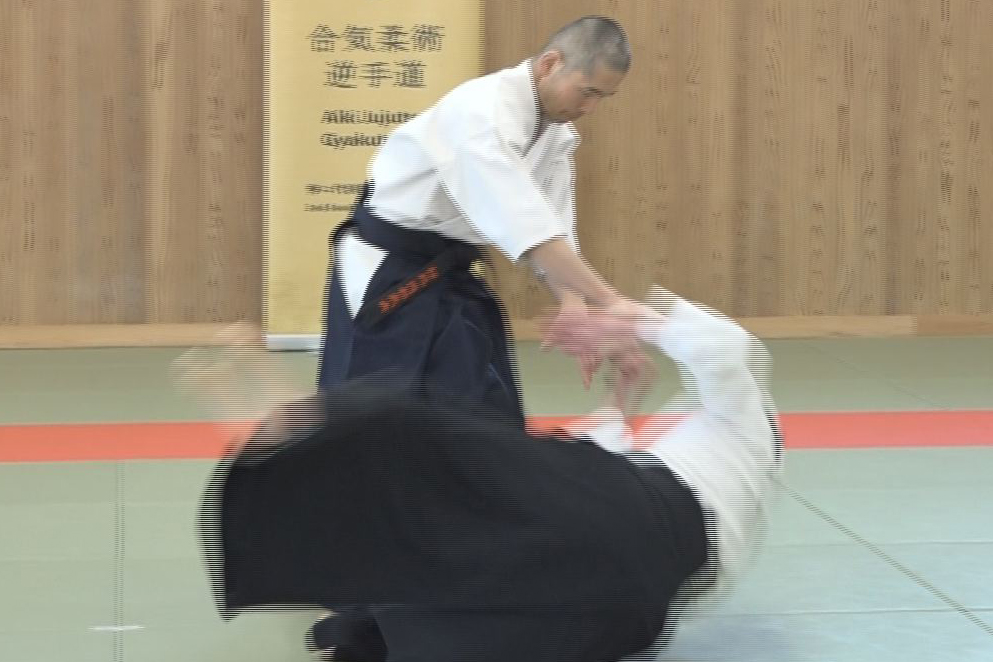
Lesson 6 - Application of AIKI Connection
-
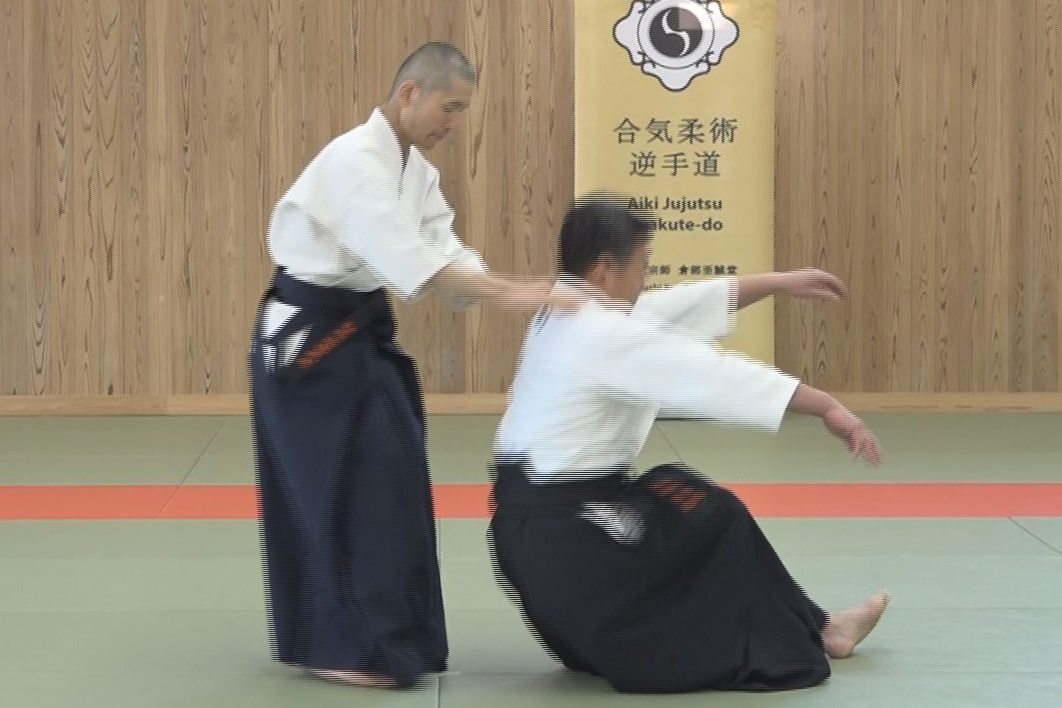
Lesson 5 - AIKI Connection
-
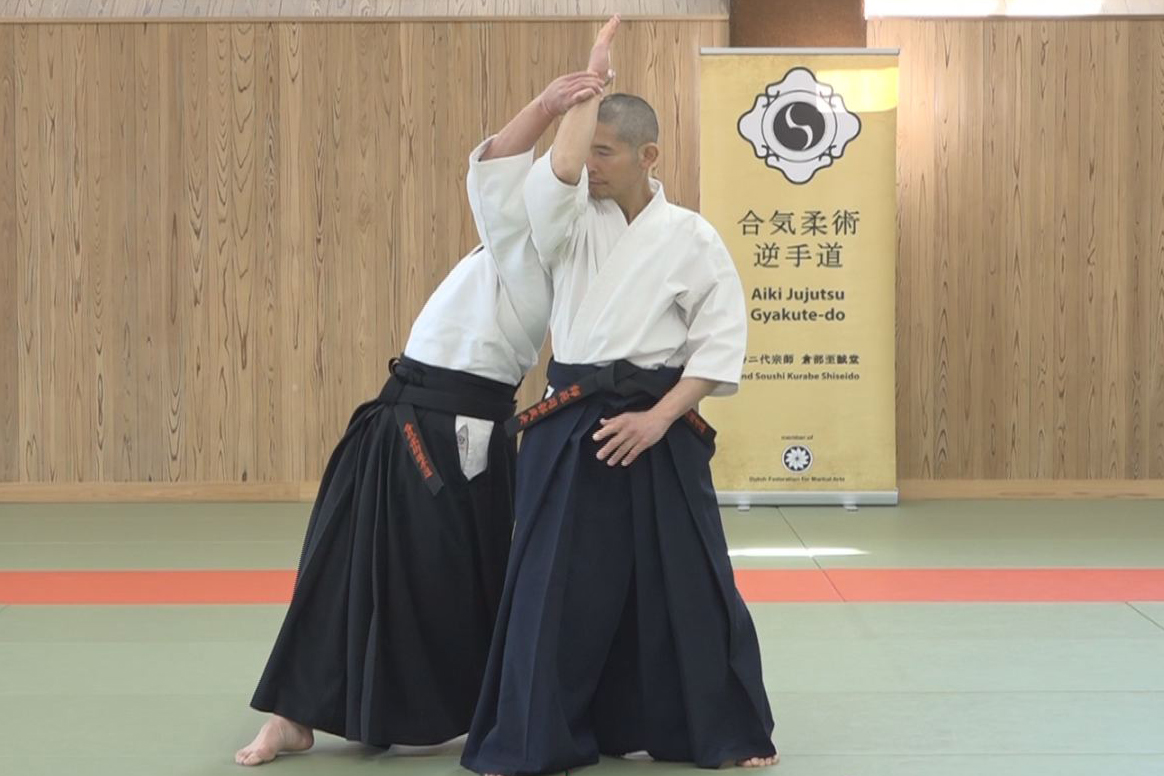
Lesson 4 - Application of Nondetectable Force Transfer
-
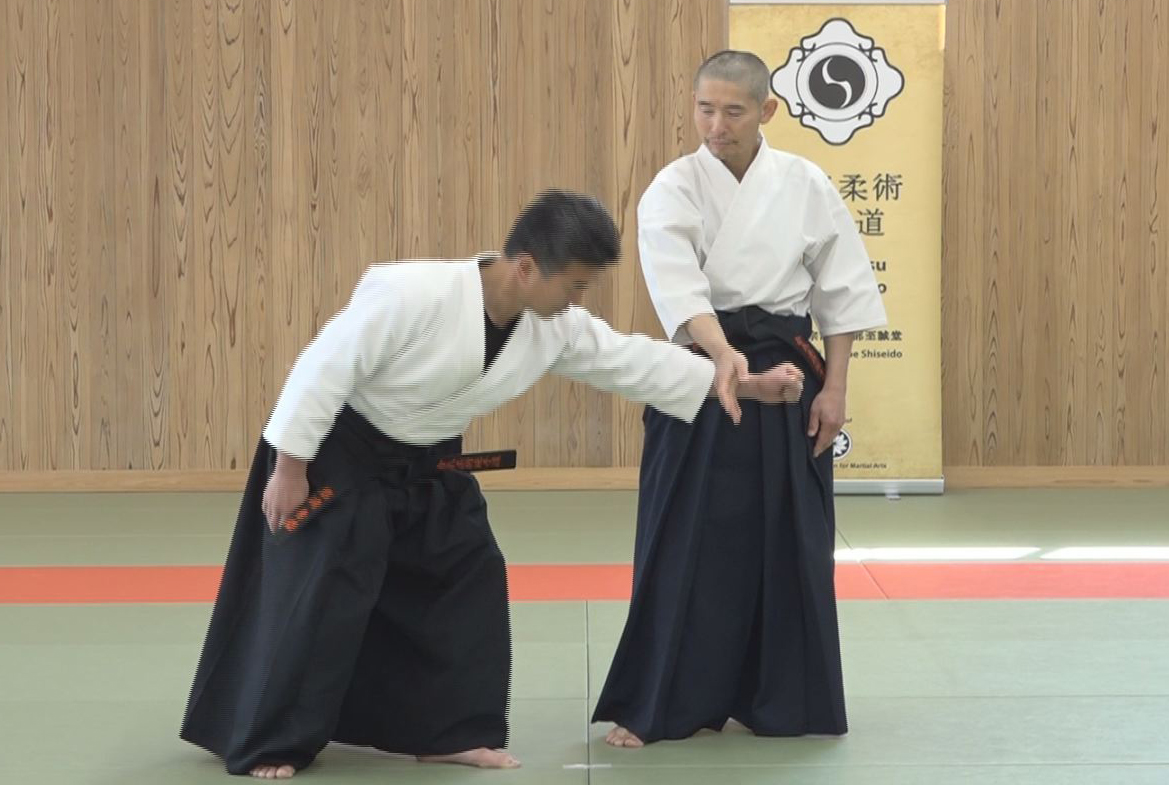
Lesson 3 - Explanation of Undetectable Force Transfer
-
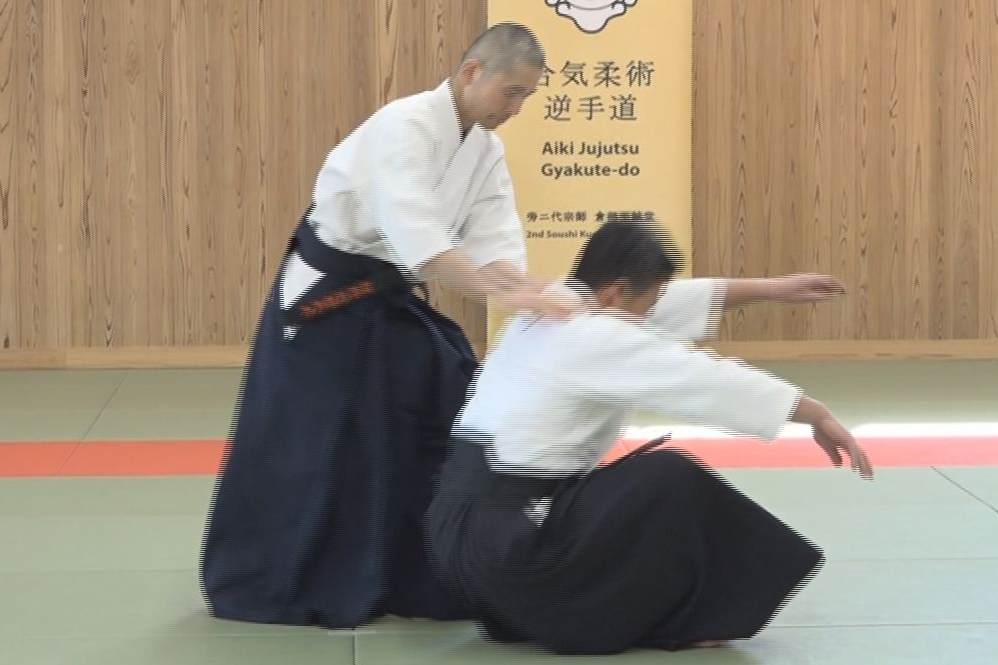
Lesson 2 - Application of Waving Method
-
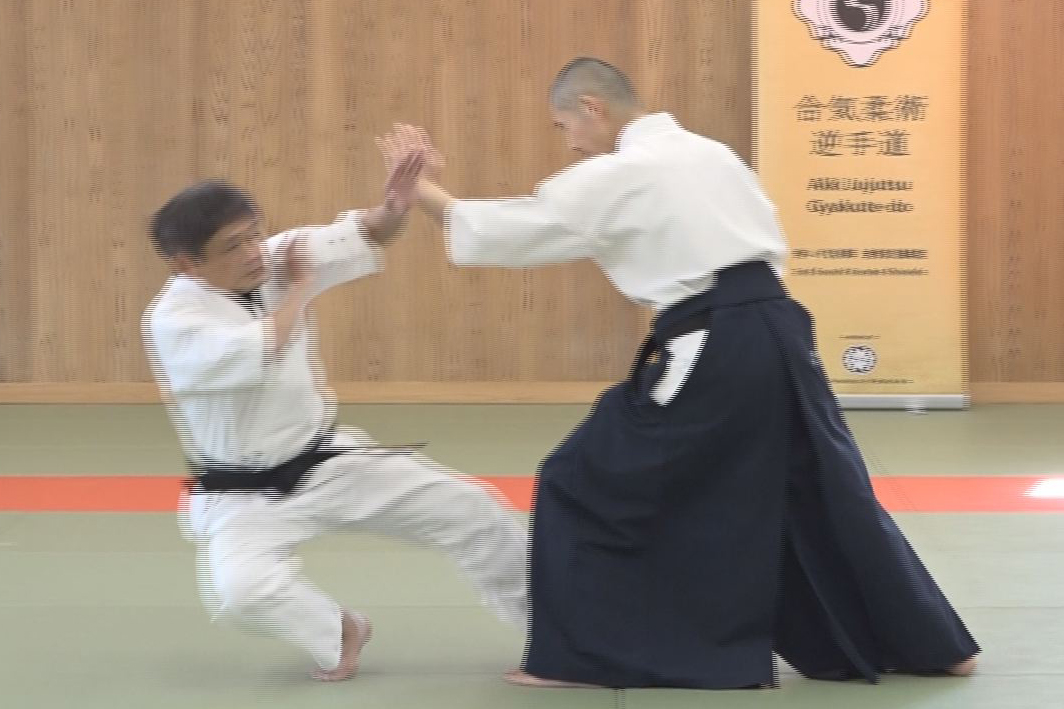
Lesson 1 - The Explanation of Waving Method
-
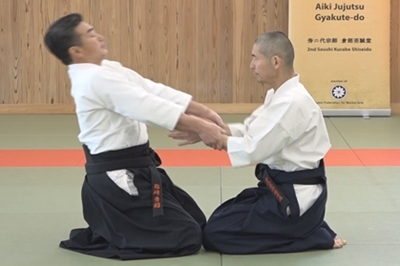
Introduction with video
and Knowledge of AIKI


